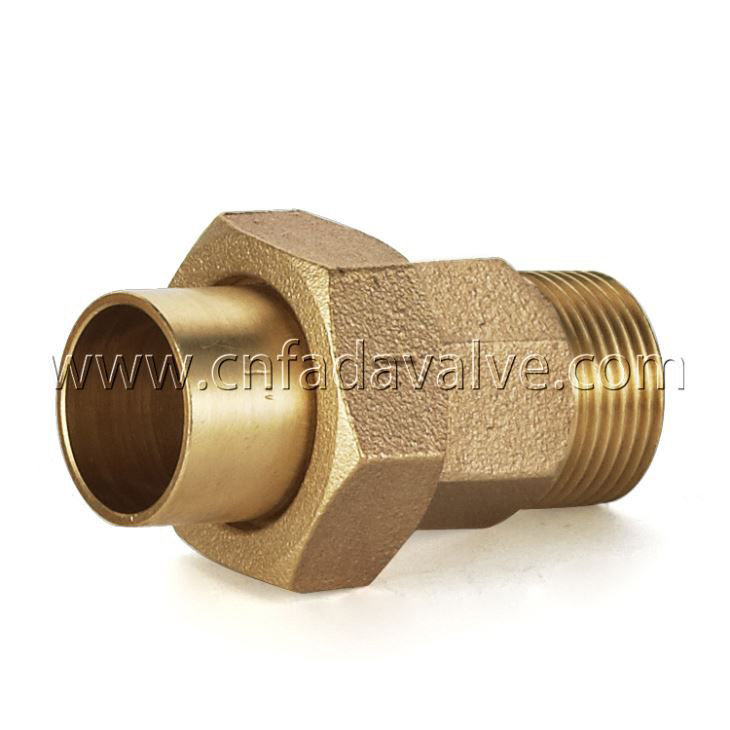Soldering bronze fittings are commonly used in a variety of plumbing, HVAC, and industrial applications due to their durability, corrosion resistance, and ease of use. These fittings, which include items like elbows, tees, couplings, and reducers, are an essential part of many piping systems. However, like any other component, the choice of material and method of installation impacts both performance and cost.

Soldering is a preferred method for joining these fittings because it does not require welding equipment or high temperatures, making the process both accessible and cost-effective for many applications.
When evaluating the cost performance of soldering bronze fittings, several factors come into play. These factors influence both the initial cost of the fittings and their long-term value. Let's examine these factors in detail:
The quality of the bronze alloy used in the fittings significantly impacts both their initial cost and long-term performance. Different grades of bronze, such as tin bronze, phosphor bronze, or aluminum bronze, offer varying levels of corrosion resistance, strength, and ductility. The material's specific composition determines how well the fitting performs under different environmental conditions.
Tin Bronze (C90700): Known for its corrosion resistance, particularly in water systems, this alloy is ideal for use in environments exposed to moisture.
Phosphor Bronze (C51000): Offers good strength and fatigue resistance, making it suitable for applications with mechanical stress or vibration.
Aluminum Bronze (C95400): Provides exceptional strength and resistance to corrosion in harsh industrial and marine environments.
Cost Impact: Higher-grade alloys like aluminum bronze tend to be more expensive, but they also offer durability and performance, especially in harsh environments. While the upfront cost may be higher, these alloys often provide better long-term value by reducing the frequency of replacements and maintenance.
One of the primary advantages of bronze is its resistance to corrosion, particularly when exposed to water or chemicals. This resistance is crucial in plumbing systems, where fittings are in constant contact with fluids that can cause rust and degradation over time.
Water Resistance: Bronze fittings are ideal for systems exposed to water because the alloy does not corrode or rust easily, unlike other materials like steel or iron.
Chemical Resistance: In industrial settings where chemicals are transported, bronze fittings offer resistance to a wide range of acids, alkalis, and other corrosive substances.
Cost Impact: Fittings with corrosion resistance typically come with a higher initial cost, but their long lifespan and reduced need for replacement or maintenance can make them a more cost-effective choice in the long run.
The soldering process itself is relatively simple and requires fewer specialized skills compared to methods like welding. This ease of installation makes soldering bronze fittings a cost-effective solution for both DIY enthusiasts and professionals. The ability to use standard soldering equipment, without the need for high heat or specialized tools, reduces labor costs associated with installation.
Soldering vs. Welding: Soldering requires lower temperatures and is less labor-intensive than welding, which involves more complex techniques and equipment.
No Need for High-Temperature Equipment: Unlike welding, soldering does not require expensive high-heat equipment, reducing both upfront investment and operational costs.
Cost Impact: The simplicity of soldering bronze fittings translates into lower labor and equipment costs. Additionally, the soldering process is faster, further reducing the overall installation cost compared to other methods like welding or brazing.
 +86-576-82686004
+86-576-82686004
 allen@badavalve.com / daisy@badavalve.com
allen@badavalve.com / daisy@badavalve.com





 EN
EN
 Español
Español










